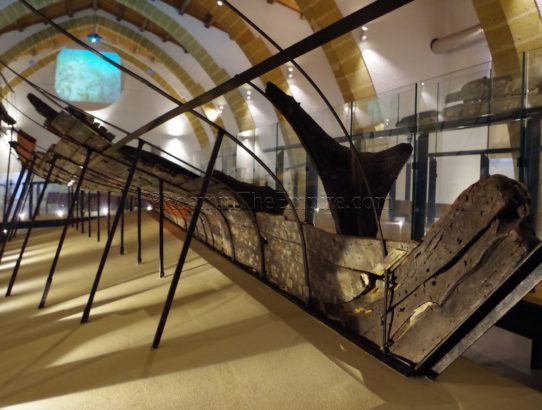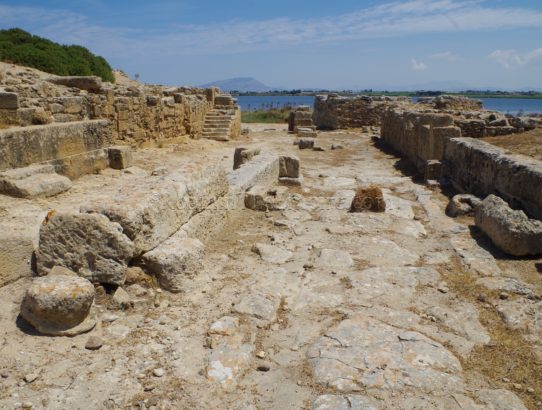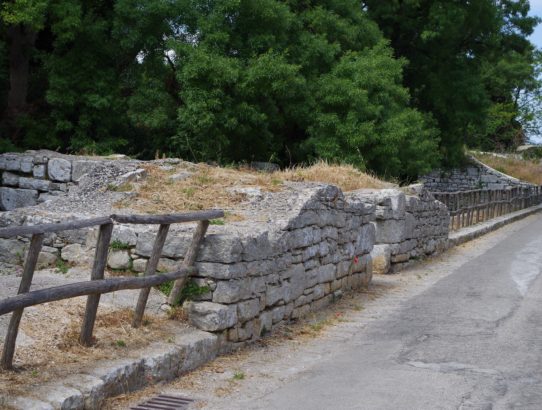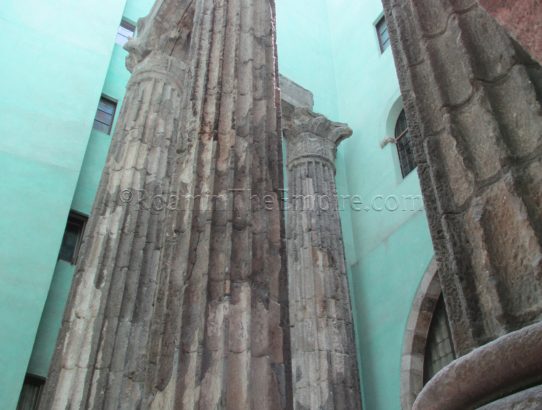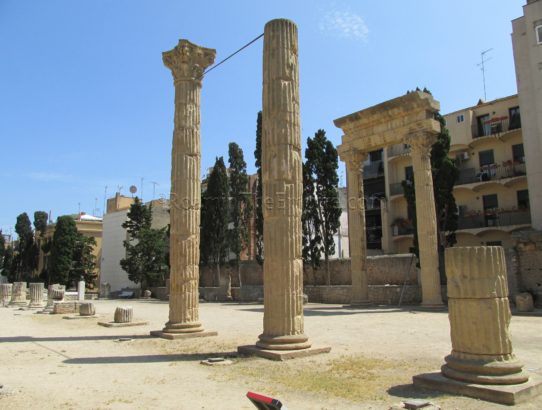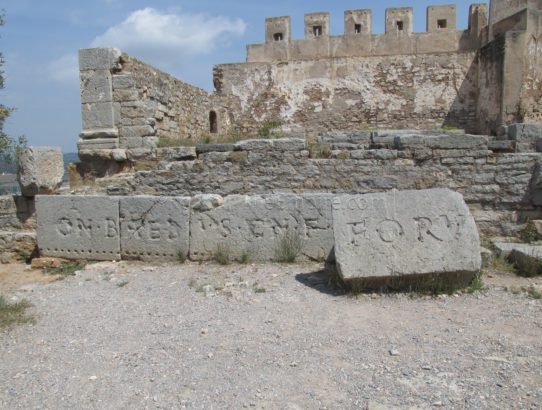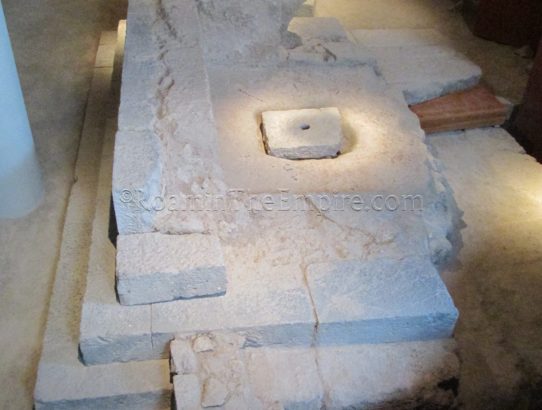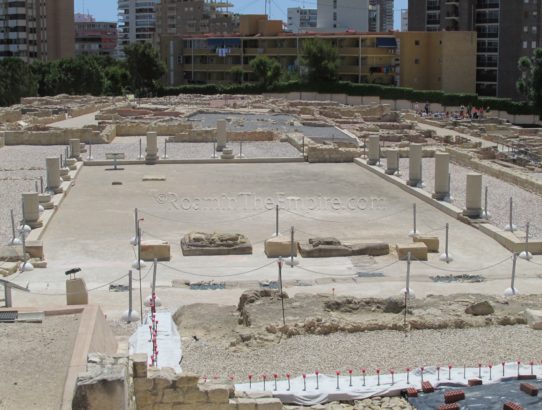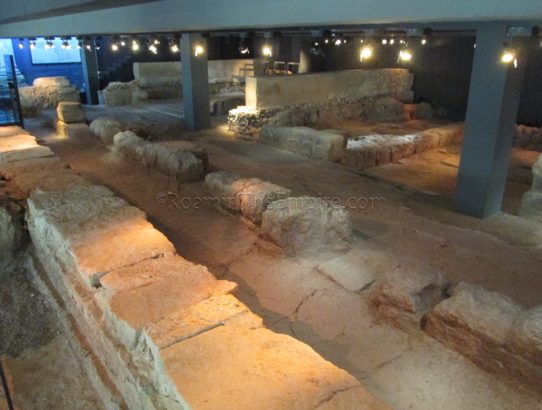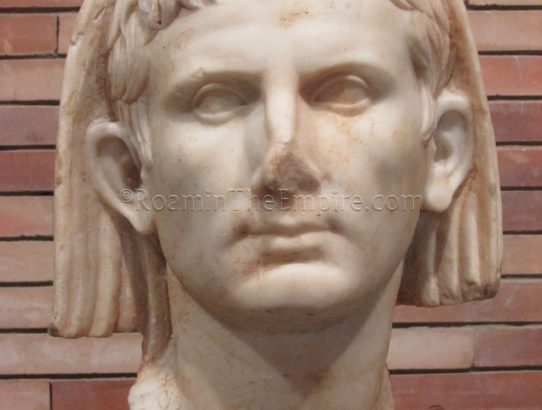Lilybaeum, Sicilia
Most Recent Visit: June 2017. At the westernmost tip of Sicily is the city of Marsala, and at the western most tip of Marsala is Capo Boèo, which makes up one of the three points of the trinacrium of Sicily, and the location of the ancient remains of the city of Lilybaeum. Lilybaion, a name…
Read More


